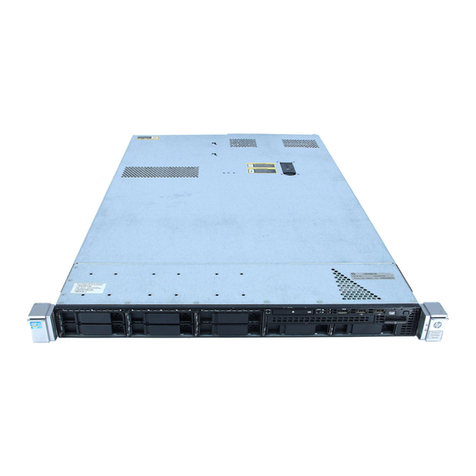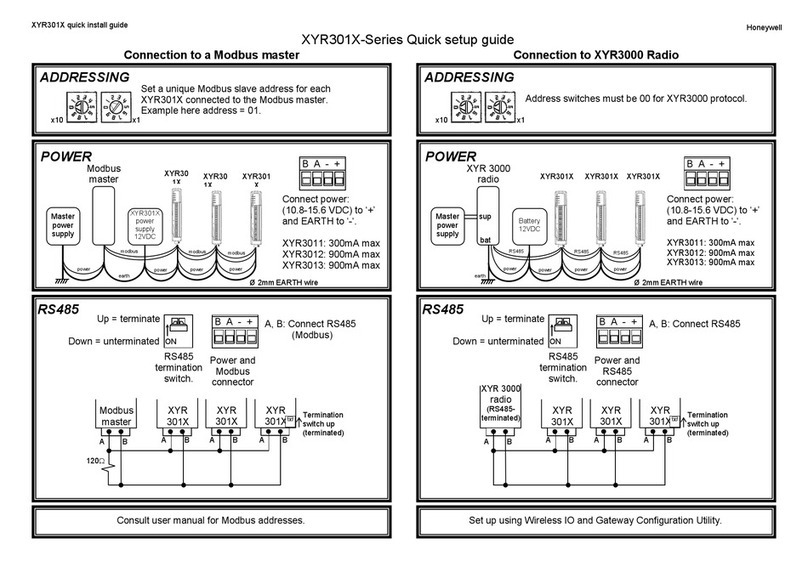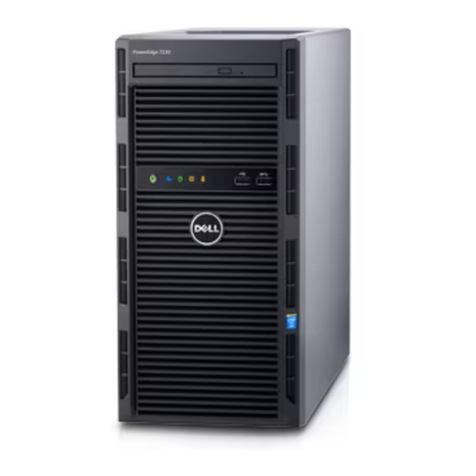Honeywell Aquatrol W964F User manual
Other Honeywell Server manuals
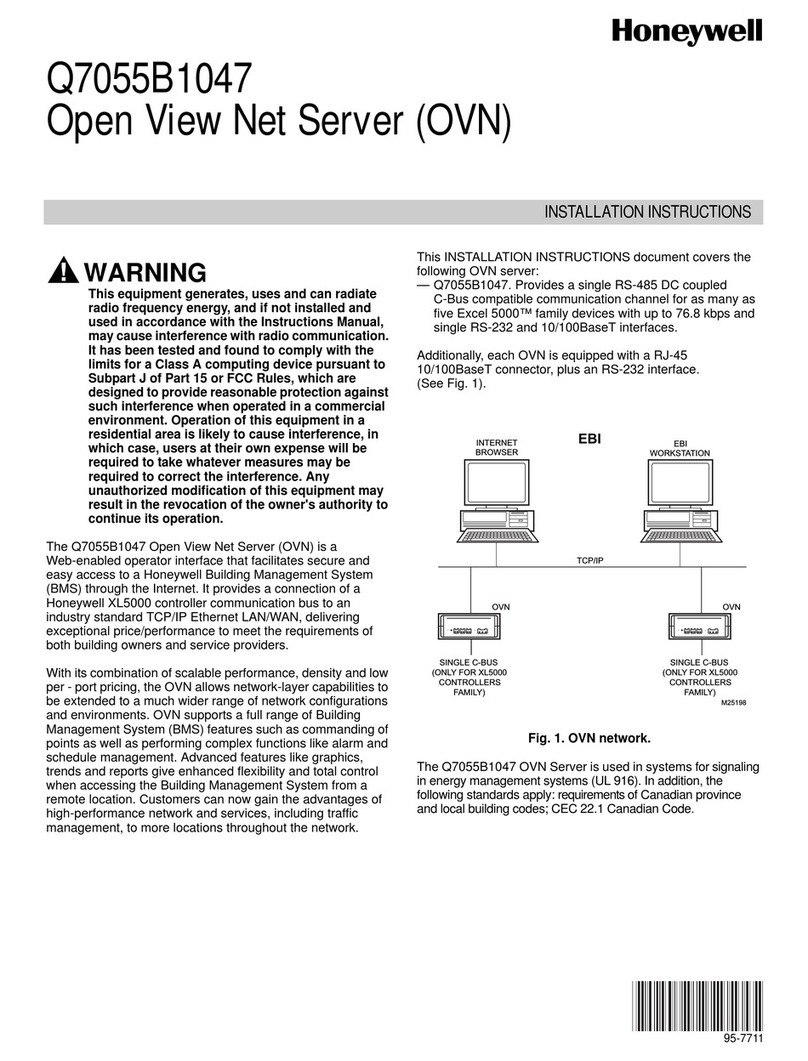
Honeywell
Honeywell Q7055B1047 User manual
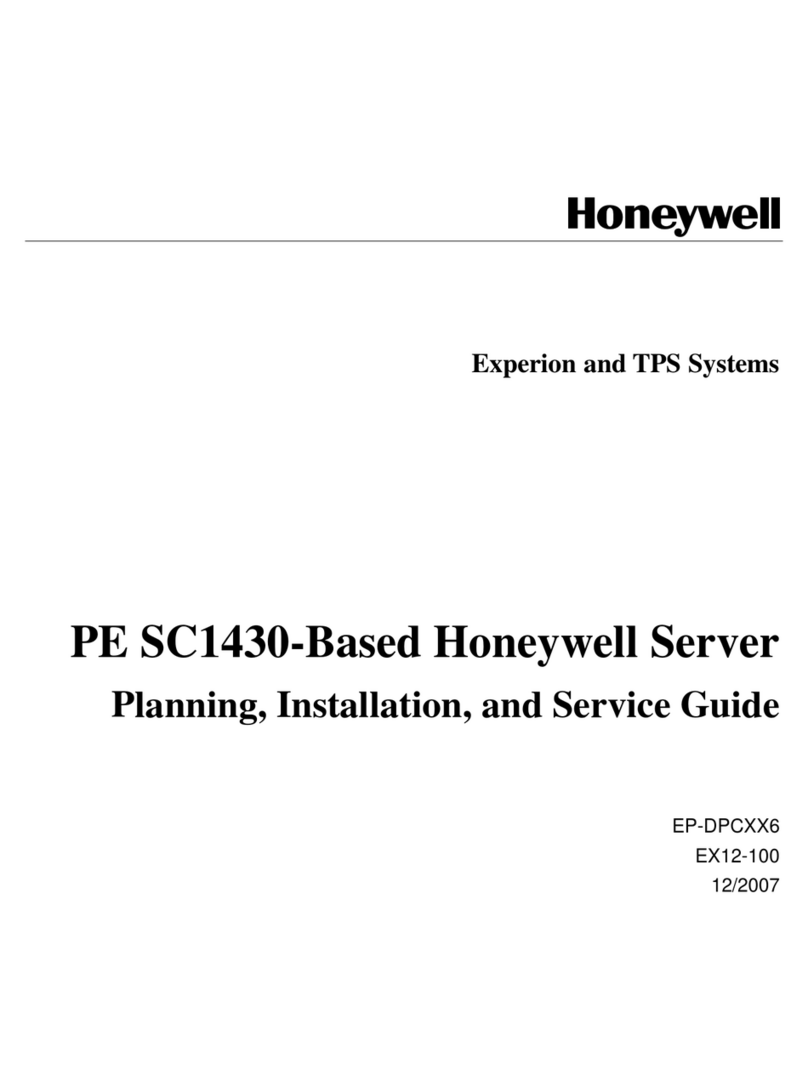
Honeywell
Honeywell PE SC1430 Technical manual
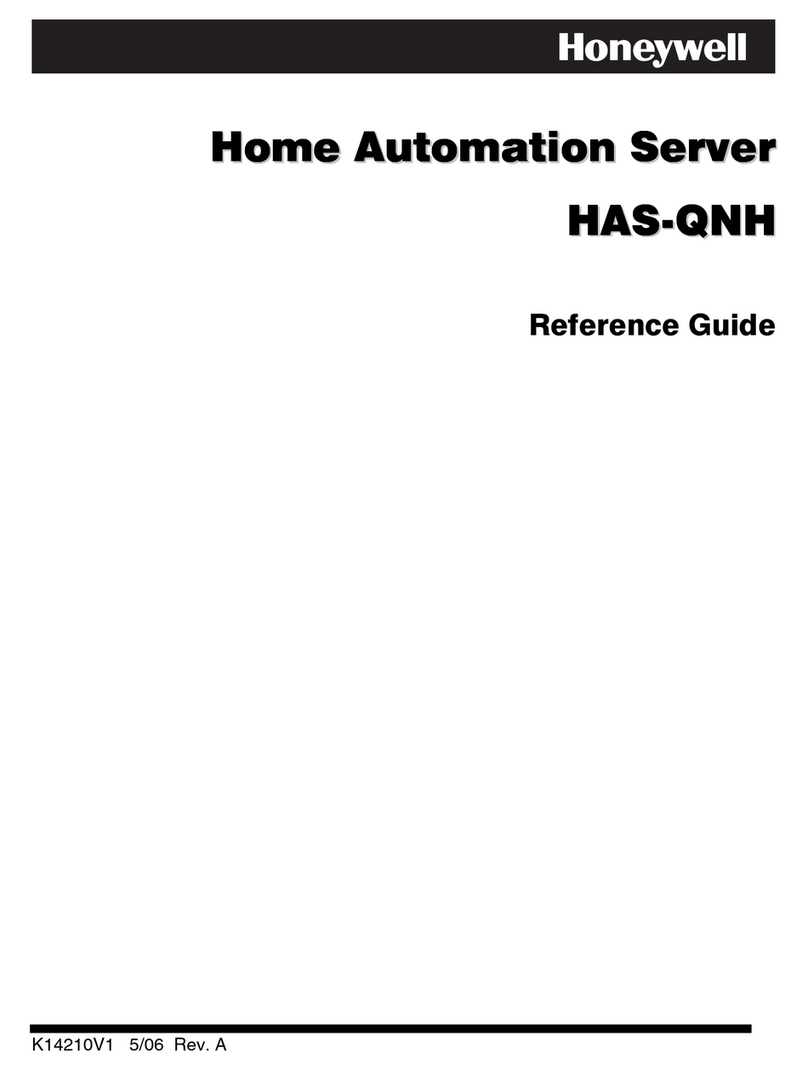
Honeywell
Honeywell HAS-QNH User manual
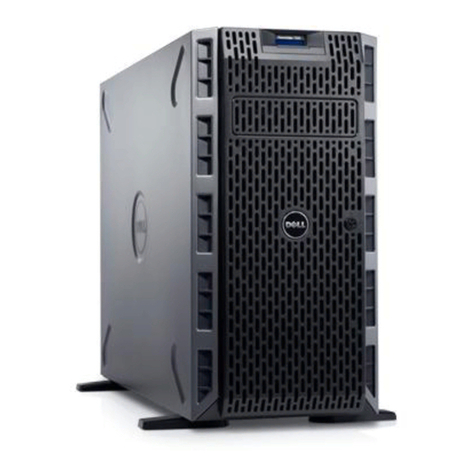
Honeywell
Honeywell T320 Technical manual
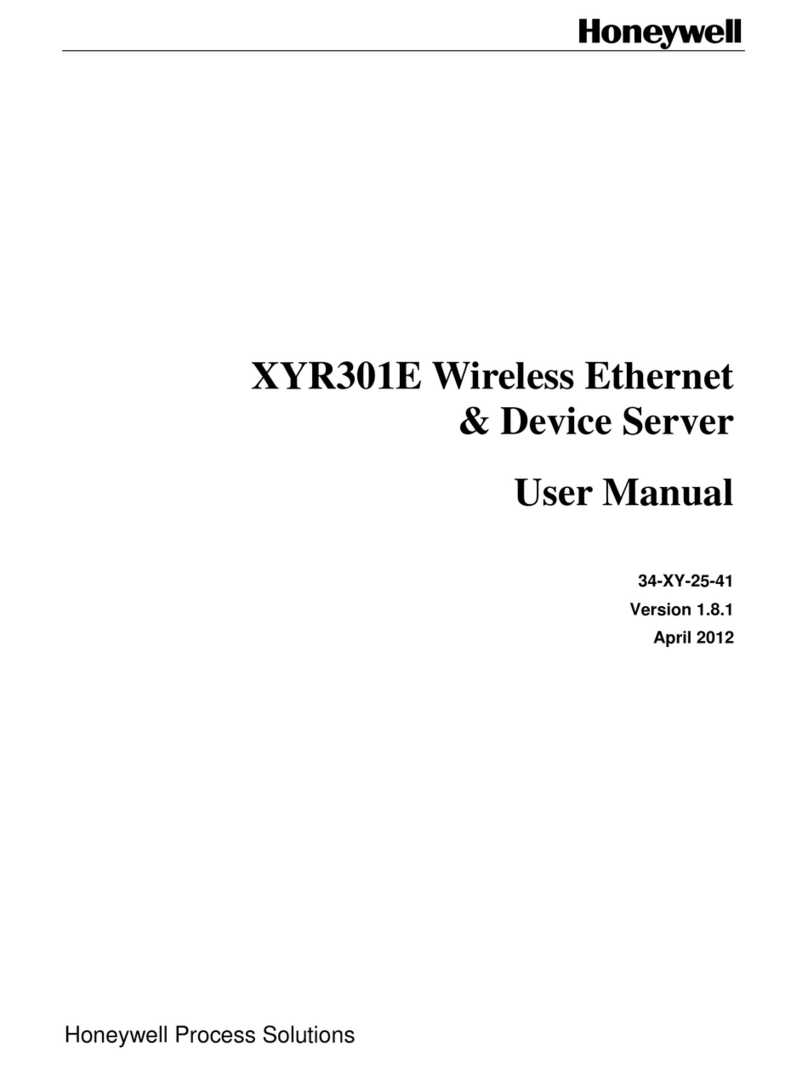
Honeywell
Honeywell XYR301E User manual

Honeywell
Honeywell AutomationServer User manual
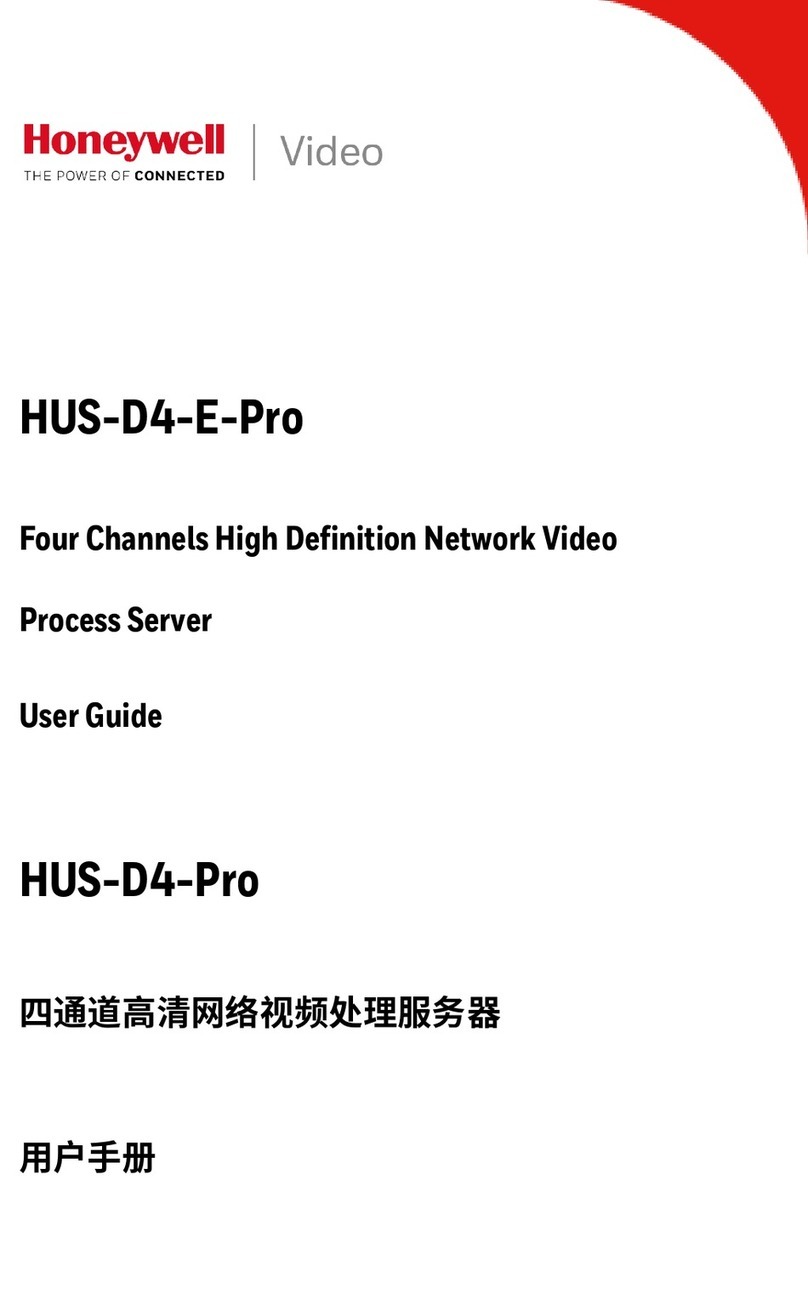
Honeywell
Honeywell HUS-D4-E-Pro User manual
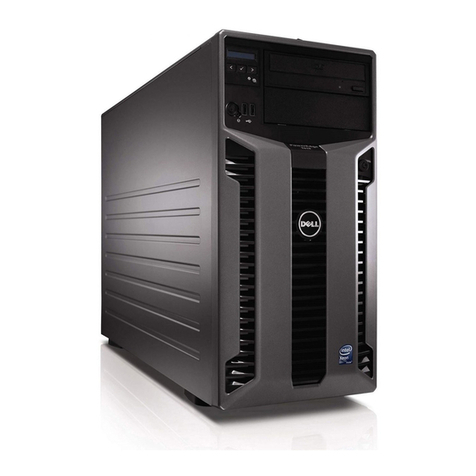
Honeywell
Honeywell T610 Technical manual

Honeywell
Honeywell LANSRLU1 Setup guide
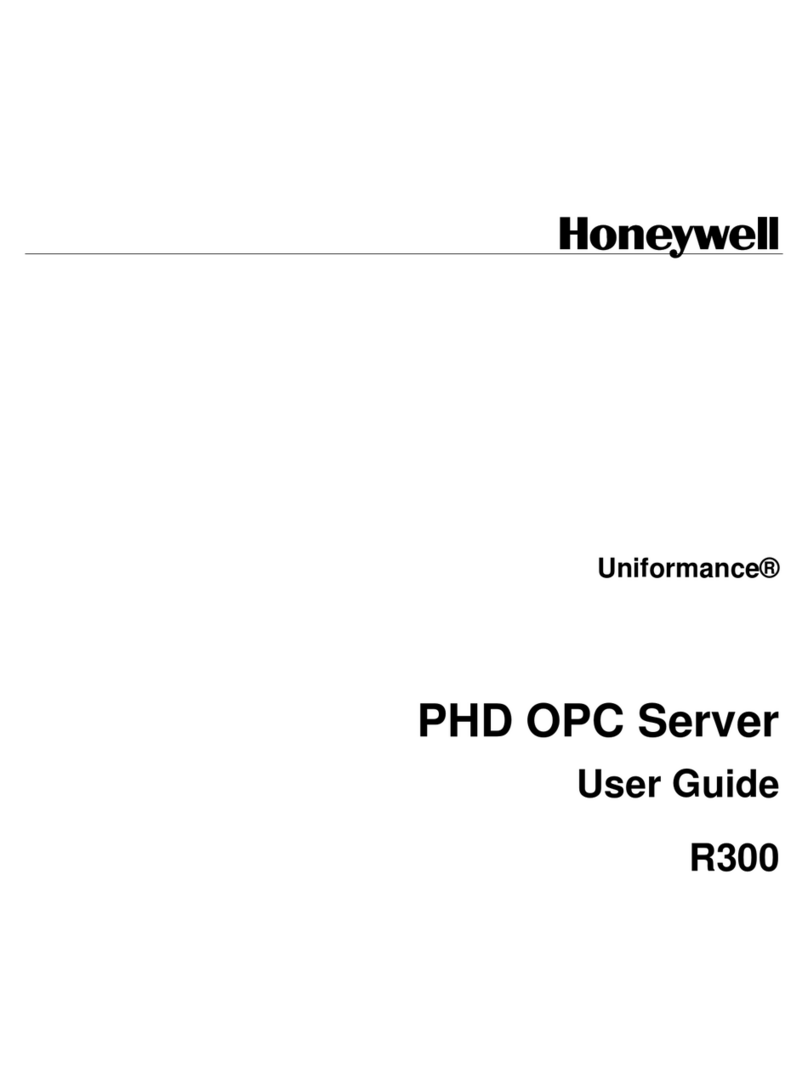
Honeywell
Honeywell Uniformance R300 User manual
